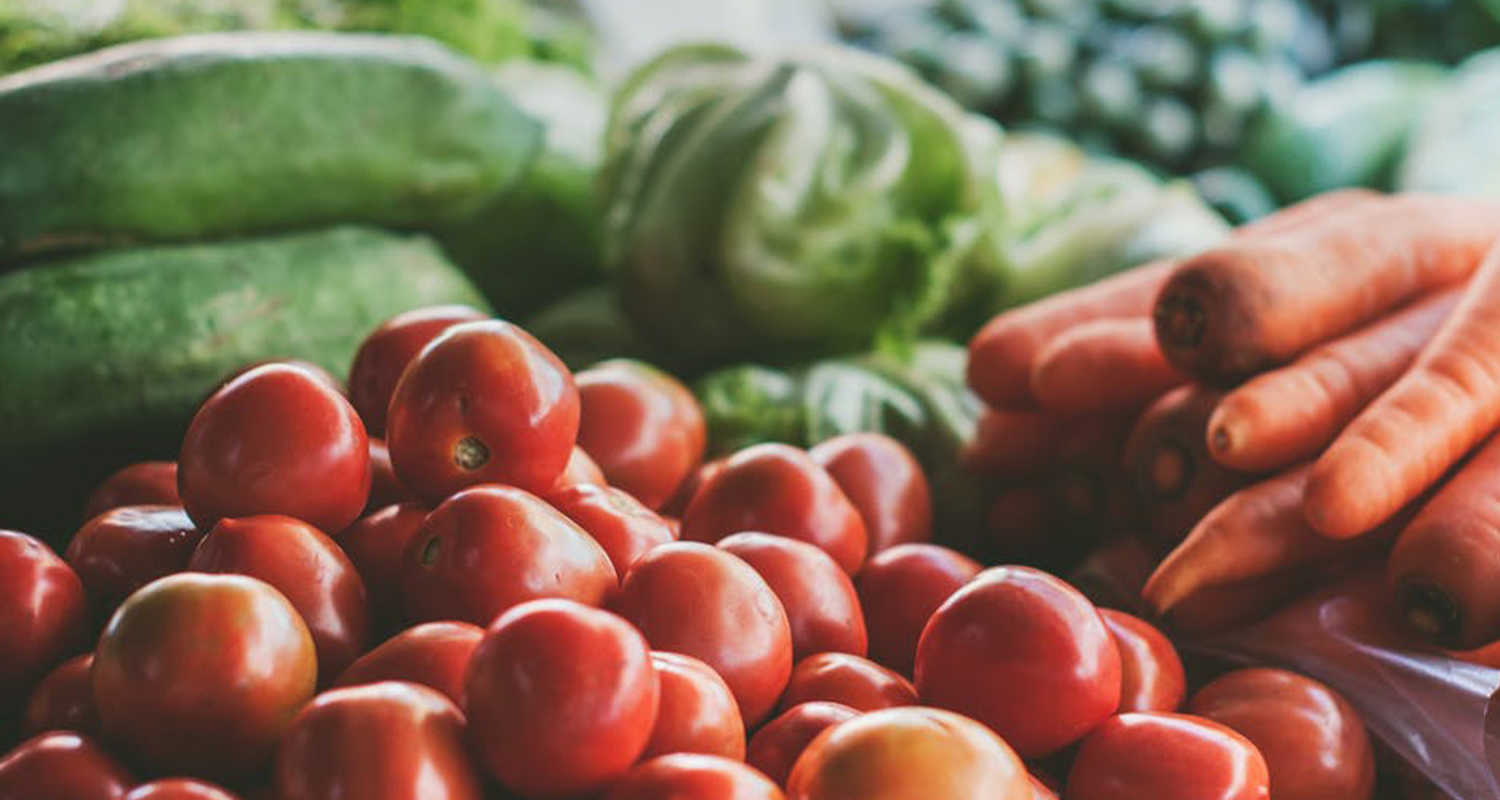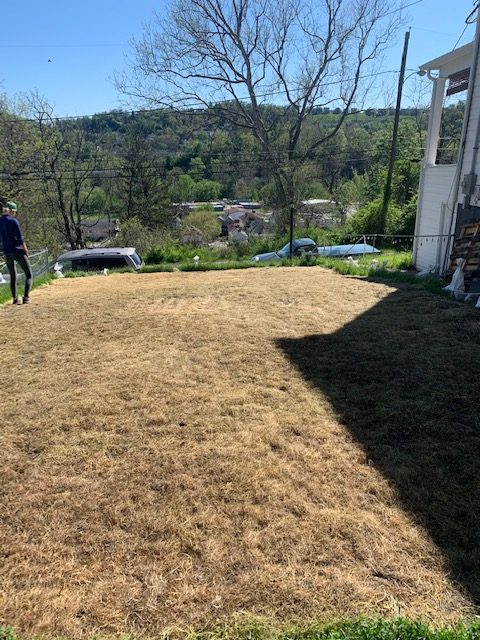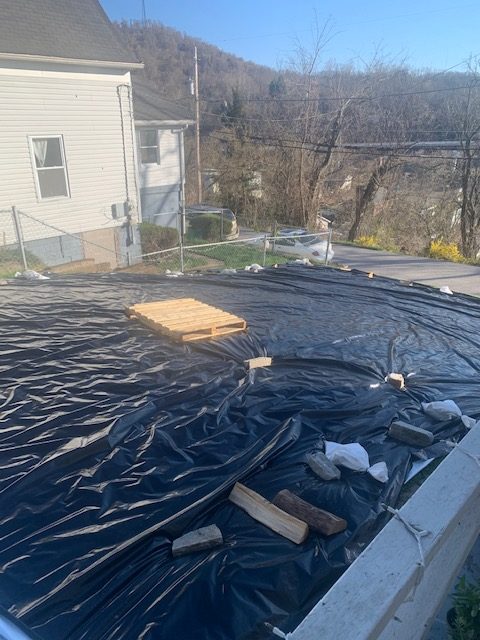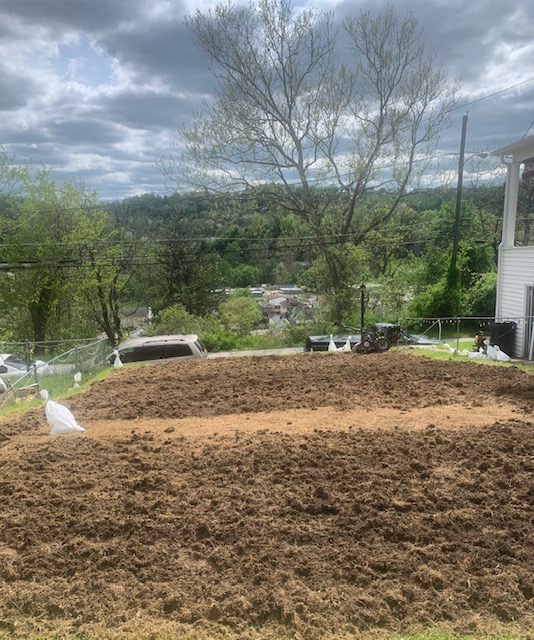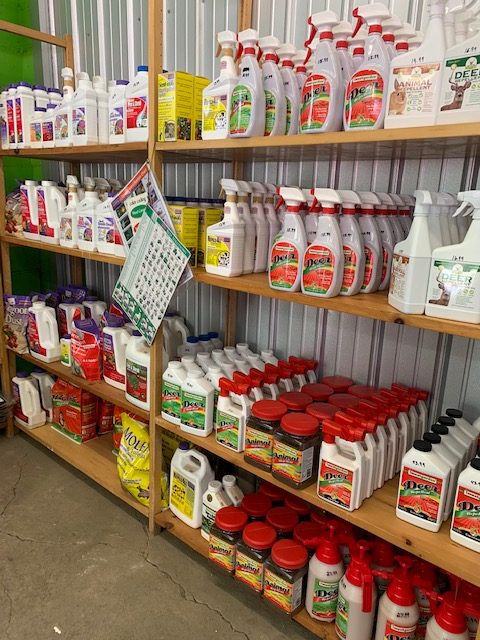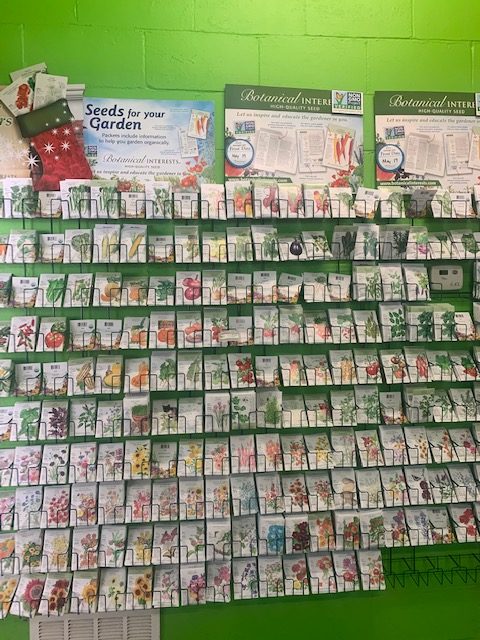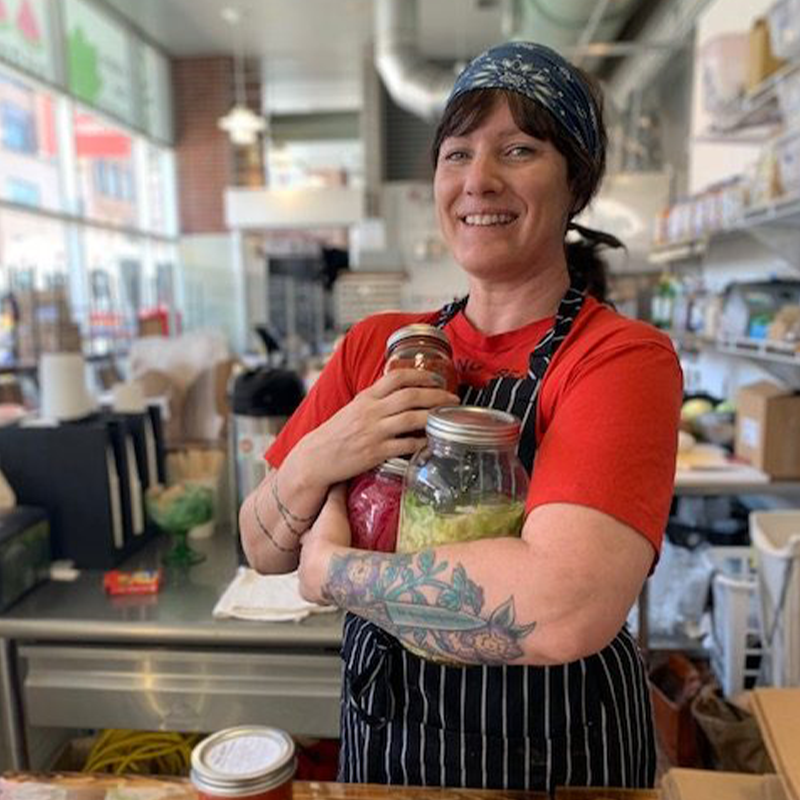Originally published May 18, 2021
With the final freeze of the season on the horizon, it’s time to start planning those backyard gardens! Gardening is a great hobby for many reasons. Not only is it an affordable way to eat more fresh fruits and vegetables, gardening can also be a great stress reliever and allow you to connect with nature.
While it isn’t rocket science to grow your own food, there are some general tips you can follow to ensure that you’re getting the most out of your backyard garden. To help get you started, I’m sharing some of my tried and true tips for getting a garden up and running for the summer.
Prepping Your Plot
It may seem like a big undertaking to turn a lawn into a productive garden full of food and flowers, but there are some tools that can help take the pain out of the process. You’ll want to start by making your garden bed. This entails clearing away any existing vegetation, like grass and weeds. The best way to do this is to cover the area with a silage tarp before breaking ground. This is not the same kind of tarp you would find at a local hardware store. These tarps are thick and heat the ground underneath to help kill all the weeds and grass you don’t want in your garden area. If the weather has already started to warm and you decide to cover your future garden space it should take about six weeks to successfully kill your grass. You can hold the tarp in place with heavy sandbags or cinder blocks.
Many home gardeners decide to pursue a “no-till” garden. This method uses the least invasive methods to plant and weed as not to disturb the soil structure. If you are starting with a lawn, you are likely going to have to till it one time to initially break the ground. This requires a powerful rear tine tiller that can handle digging into the thick layer of dead grass and roots in your lawn. Locally, Bridgeport Equipment rents rear tine tillers for $75/day, which makes a lot more sense if you only plan to use it once to break ground rather than buying one.
Picking Your Plants
Once you’ve broken ground, it’s time to choose what to plant. If you want to get a jump start on your garden, plant starts from a nursery will yield faster and more reliable results. Locally, you can find vegetables, fruits and flowers for your garden at Yensen Landscape Supply and Nicky’s Garden Center. Nicky’s also has a large selection of organic seeds and gardening supplies such as fertilizers and natural pest repellents.
Considering most spring crops will need at least 60-75 days to come to maturity, be careful about what you plant outside right now as there is a chance that may get too hot too fast for many spring vegetables. Vegetables like broccoli, cauliflower and peas will struggle when the temperatures rise in June and July.
Now that the frosty nights seem to be over for the season you can confidently plant out your summer garden. When considering what to plant, I usually tell folks to plant what they like to eat. Cucumbers, tomatoes, peppers and squash tend to grow well in this region during the summer, but experimenting is the most fun part of gardening! I also like to interplant flowers that I love like zinnias, cosmos, celosia along with vegetables because picking your own bouquets is just as fun as picking your own dinner.
Tips for a Thriving Garden
Having nutrient-rich soil is a key component to a healthy garden. The best way to figure out what nutrients your soil is deficient or rich in is to perform a soil test. The West Virginia University Extension Office offers soil testing and recommends the soil in vegetable gardens be tested every couple of years. The best time to get the most accurate test of your soil is in the late summer and early fall. You can find all the information about gathering your soil through the WVU Extension Office. Soil tests are free for West Virginia residents.
Of course, to begin you’ll want to make sure you are providing optimal nutrition for the plants you’ve selected for your garden. Vegetables such as tomatoes, peppers, eggplants and potatoes require a good amount of nitrogen to perform optimally. My favorite organic source of nitrogen is fish emulsion, which is easily found at most garden centers and online. Mushroom compost and rabbit manure are also excellent fertilizers that you can use around the base of plants as they grow without running the risk of using too much.
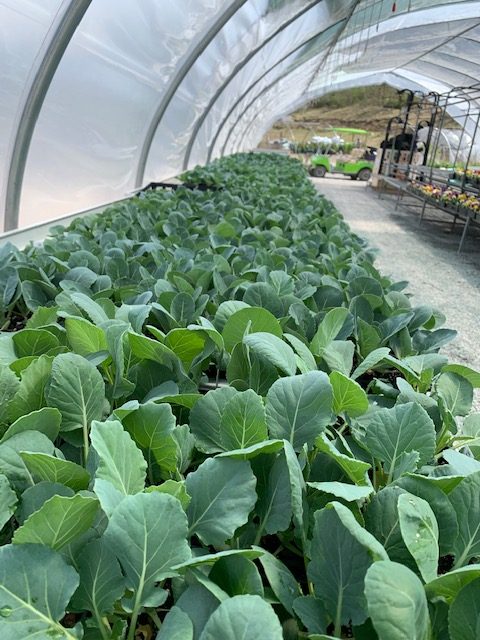
One of the major obstacles for any gardener is pests. Some insects that are very small and in abundance can be unavoidable, such as flea beetles. In my experience, flea beetles are the number one worst enemy of the spring/summer garden. They love the leaves of brassicas and they will decimate eggplant before they get a chance to bloom. Arugula is another one of their favorite crops. Luckily, a floating row cover can be used as a barrier to pests.
Besides a slew of natural pesticides that can be found at most garden centers, the best defense against pests is a healthy plant. You can think of it as building your plants’ immunity – if your eggplant has strong, healthy greens and vigorous roots it has a much better chance at withstanding a minor feasting by flea beetles. Applying fertilizer, building your soil, and consistent, even watering are all keys to good plant health. A stressed plant is much more susceptible to pests and disease.
Resources for Home Gardeners
One of my favorite books on vegetable growing is Pam Dawling’s Sustainable Market Farming. It’s a great resource for growing successfully and since much of it is based on Dawling’s experience growing in central Virginia, it mirrors some of the challenges we face here in West Virginia. When looking at blogs or books for gardening it’s helpful to consider the region the grower/writer comes from as diseases, seasonal changes, plant varieties and pest control methods can vary greatly depending where you live. I’m also a huge fan of Carrots Love Tomatoes which is a great beginner guide to “companion planting.” Companion planting is a technique that groups certain plants in garden beds that grow stronger when planted near each other. For example, basil can improve the growth and flavor of tomatoes, peppers and lettuce.
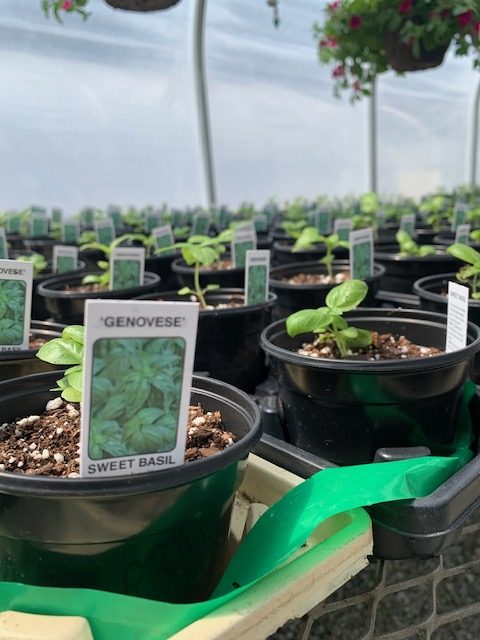
If you have dabbled in backyard gardening and are ready to take your skills to the next level, then you might consider becoming a master gardener. WVU Extension Office’s master gardener program is a 17-week training program that includes 40 hours of volunteering and a final test. Once passed, you can join the ranks of master gardeners and begin helping others with their own gardens as well.
Whether you garden to help feed your family and neighbors, preserve your harvest to last through the winter or just to have flowers to beautify your lawn, gardening is guaranteed to provide a creative outlet and is sure to become your favorite way to spend time outside.
• Melissa Rebholz was born and raised in Buffalo, New York, to a Sicilian/German family. She grew up in a household revolving around food. In 2007, a summer of volunteering for GrowNYC (New York City’s Farmer’s Markets) led her down the path to culinary school at The Natural Gourmet Institute and 10 subsequent years of farming from Long Island to Sonoma to Tennessee. Working simultaneously in kitchens to support her farming habit, Melissa migrated back to the rustbelt in October of 2019 to help Grow Ohio Valley open the Public Market as the head chef. Her hobbies include foraging, baking, dinner parties and exploring her new home of Wheeling, West Virginia.


